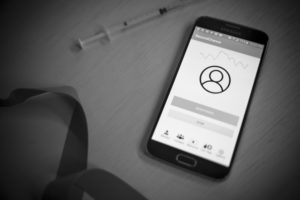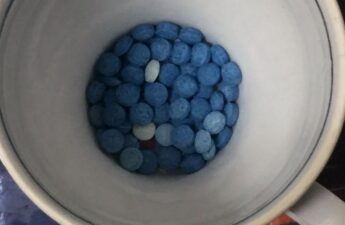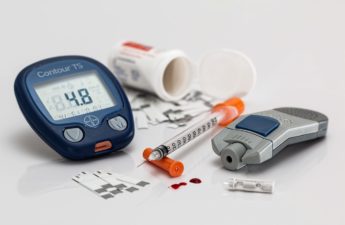
From the University of Washington
An app developed by researchers at the University of Washington, called Second Chance, detects overdose-related symptoms about 90 percent of the time and can track someone’s breathing from up to 3 feet away (but not from a purse or pocket). The results were published in Science Translational Medicine.
The app sends inaudible sound waves from the phone to people’s chests and then monitors the way the sound waves return to the phone to look for specific breathing patterns.
In addition to watching breathing, Second Chance also monitors how people move.
UW Medicine anesthesiologist Jacob Sunshine developed the app in collaboration with researchers at the UW Paul G. Allen School of Computer Science & Engineering to create a cellphone app to detect an opioid overdose.
“People aren’t always perfectly still while they’re injecting drugs, so we want to still be able to track their breathing as they’re moving around,” said lead author Rajalakshmi Nandakumar, a doctoral student in the Allen School. “We can also look for characteristic motions during opioid overdose, like if someone’s head slumps or nods off.”
The app was tested within a supervised injection facility in Vancouver, BC, and the team worked with Sunshine’s colleagues to test a simulated overdose.
The researchers are applying for FDA approval.
“We’re experiencing an unprecedented epidemic of deaths from opioid use, and it’s unfortunate because these overdoses are completely reversible if they’re detected in time,” said Sunshine, an assistant professor of anesthesiology and pain medicine at the University of Washington School of Medicine.
At least 115 people die every day in the United States after overdosing on opioids, according to the National Institute on Drug Abuse.
Shyam Gollakota, a UW associate professor of engineering, said the ultimate goal in developing the app is not only to monitor a person’s condition, but eventually to connect users immediately with a friend or emergency services to provide life-saving treatment.


